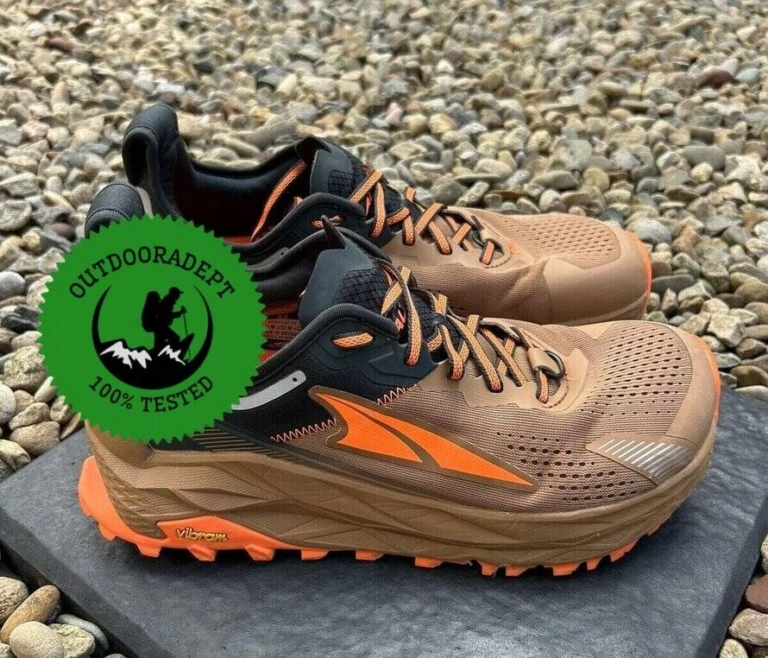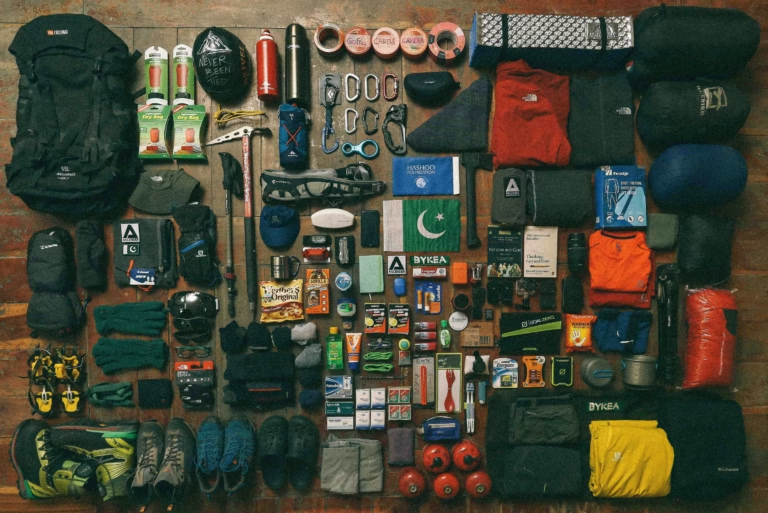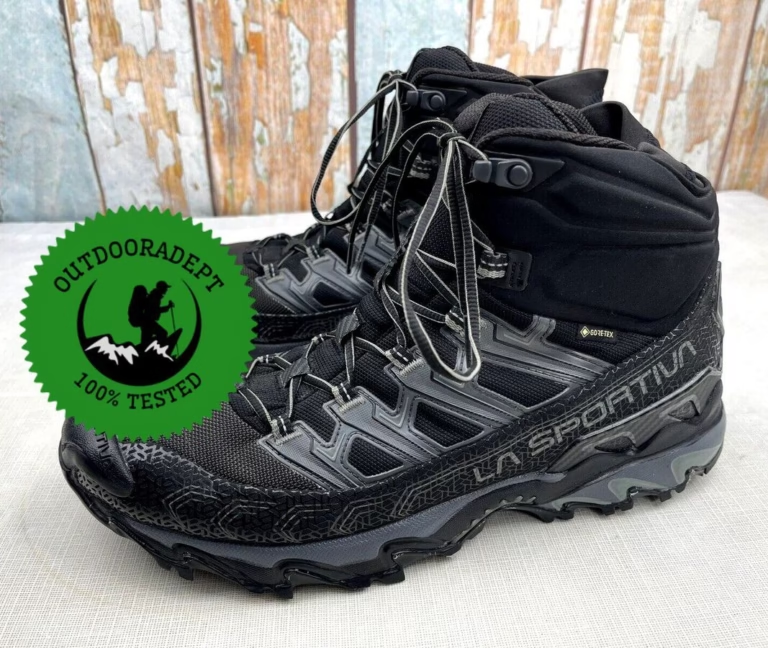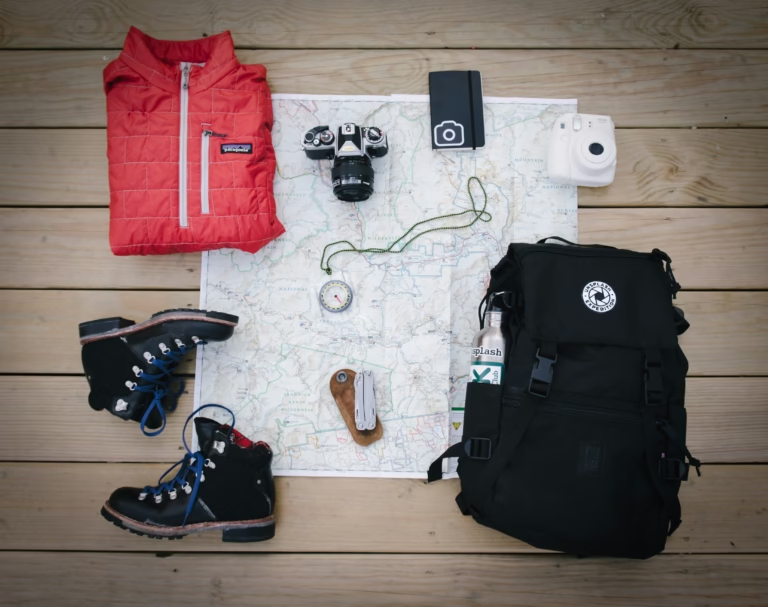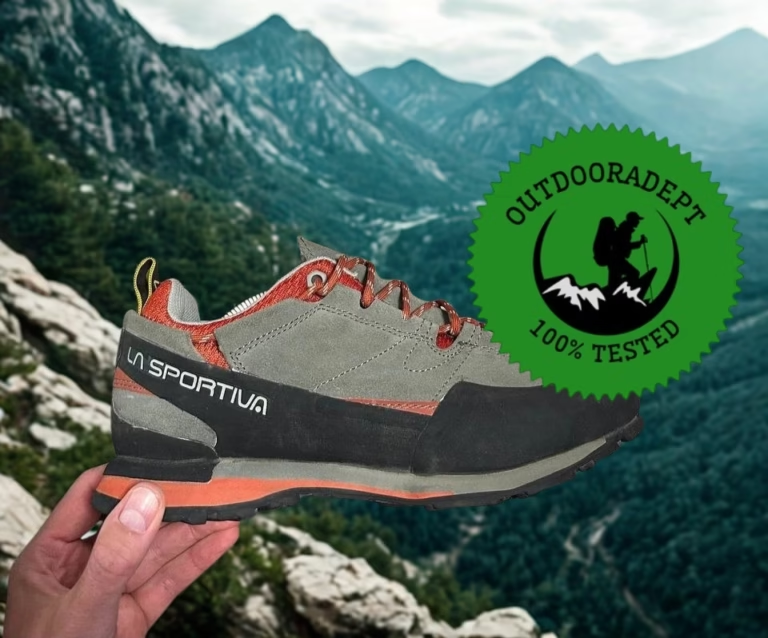According to a survey by Going Places, an incredible 81% of hikers enjoy having company on the trails. Who can blame them? Sharing trail mix and admiring wildflowers together is fun, and it’s nice to have someone watching your back! Hiking with friends makes the adventure even more exciting and enjoyable. [1]
I’ve met some amazing hiking buddies through different channels, so let me share my experiences. Once, I stumbled upon a local Facebook group for nature lovers, and bam! Found two awesome gals who were down for anything from easy strolls to challenging climbs.
Another time, I joined a guided hike organized by a nearby outdoor store and met a guy who shared my passion for birdwatching. It’s all about putting yourself out there and trying different things!
So, if you’re having trouble finding a hiking partner, this guide is for you. We’ll explore different ways to meet like-minded adventurers, what to look for in a partner (think beyond just loving the outdoors!), and even chat about safety tips. Let’s begin!
Where to Look for a Hiking Partner?
You can look for a hiking partner in local hiking clubs, online platforms like Meetup or hiking forums, or through social media groups dedicated to outdoor activities.
Joining community events or seeking recommendations from outdoor gear stores can also connect you with like-minded hiking friends.

Here are some tried-and-true methods to sniff out your ideal trail companion:
Check Out Facebook Groups and Instagram for Hiking Meetups
The online world is overflowing with nature enthusiasts, and Facebook groups and hiking-focused Instagram communities are prime hunting grounds. Just type the word “hiking” into the search box and switch to groups. You’ll find what you need there.
Here are some Facebook Groups you should check out before your next hike:
- Canada: Hiking Buddies Canada
- USA: Hiking in U.S.A
- UK: Hiking Buddies UK
- Australia: Trail Hiking Australia – Community
PROS
CONS
Try Out Guided Hikes or Backpacking Trips
Signing up for a guided hike or backpacking trip can be a fantastic way to meet fellow adventurers in a structured setting.
As I have already mentioned, I joined a guided birdwatching hike last year and met a guy who shared my passion for spotting elusive warblers. It was like having a built-in trail buddy!
PROS
CONS
Take Part in Events at Local Parks
Don’t underestimate the help of your local park in finding a hiking partner. Many host nature walks, volunteer events, or educational programs that attract outdoor enthusiasts.
PROS
CONS
Meet New People through Meet-Up Groups
Meet-Up, a platform teeming with diverse groups, can be a goldmine for finding fellow outdoor enthusiasts. I personally joined a Weekend Warriors Hiking Club group, unsure of what to expect.
To my surprise, I connected with a group of individuals who shared my love for challenging hikes and pushing boundaries and we are still going on hikes together 6 years later.
PROS
CONS
Connect with Naturalist Clubs in Your Area
Local naturalist clubs, dedicated to studying and conserving nature, attract individuals passionate about the outdoors. It usually involves doing some voluntary work, but it can be a great place to find hiking friends.
PROS
CONS
Ask Around at Outdoor Stores Nearby
Your local outdoor store isn’t just a place to snag the latest hiking boots – it can also be a breeding ground for potential trail partners! Many stores host events, workshops, and even guided hikes, attracting fellow outdoor enthusiasts.
PROS
CONS
See if You Can Find Hiking Buddies at the Gym
Believe it or not, your local gym can be a surprising source of potential hiking friends. Look for fitness classes geared towards endurance or outdoor activities, like boot camps or trail running groups.
You’ll not only share a common interest in physical fitness but also find individuals who possess the stamina and motivation to hit the trails.
Related Article: How to Get In Shape for Hiking
PROS
CONS
Make Friends on the Trail While Hiking
Sometimes, the most unexpected connections happen spontaneously on the trail. Strike up conversations with fellow hikers, share trail snacks, and offer to take photos of each other.
You never know who you might click with, and the shared experience of the hike can be a great foundation for future adventures.
PROS
CONS
Tip: Choose popular, well-traveled trails where you’re likely to encounter other hikers. Be approachable, initiate friendly conversations, and exchange contact information if you hit it off.
The Advantages of Having a Hiking Buddy

Finding a hiking partner who clicks with you is like finding gold – at least that’s how it works for me. And not just because this means I won’t be alone on the track anymore, but because I know I’ll learn a lot.
If you’re still debating giving up solo hiking, here are the advantages of hiking together with a friend:
- Makes the hike more enjoyable: It is well-known that social interaction during physical activity boosts enjoyment [2]. So, having a buddy to chat with, share silly jokes, and capture goofy photos makes the miles fly by and creates memories that stick long after the final descent.
- Helps spot beautiful scenery, interesting wildlife, or potential dangers: Think epic mountain views, hidden waterfalls, and wildlife sightings. With two sets of eyes scanning the scenery, you’re more likely to spot these treasures. Plus, sharing the experience with a friend creates lasting memories that go beyond solo treks.
- Someone is there to help if you get hurt or need aid: Unexpected things happen on hikes. Twisted ankle? Sprained knee? Having a buddy means immediate support. They can offer first aid, help you hobble back, or even call for help if needed.
- Learn from each other’s experience and expertise: We all have different strengths and weaknesses. Maybe you’re a navigation whiz, while your friend is a plant identification pro. Hiking together allows you to learn from each other’s expertise, making you both more well-rounded outdoor enthusiasts. Learn more about what you should do if you witness a mountain accident.
- More likely to stick to your hiking goals with a partner: Sometimes solo hikes can feel a bit like staring down a mountain alone. But with a partner by your side, you’ve got built-in accountability. You motivate each other on tough climbs, celebrate victories together, and commiserate over missed steps (literally and figuratively).
- Two minds tackle challenges and navigate better: Ever spent an hour deciphering a confusing topo map, only to end up completely off course? With a hiking buddy, you’ve got two minds tackling map mysteries and navigating tricky terrain. You can bounce ideas off each other, discuss potential routes, and avoid the dreaded feeling of being lost in the wilderness (although, always pack a compass and map just in case!).
- Multiple hikers reduce wildlife encounters: While the occasional deer sighting adds to the charm of a hike, encountering a larger predator solo can be, well, a tad nerve-wracking. Studies suggest that groups of hikers are less likely to attract unwanted wildlife attention.
How to Choose a Hiking Partner
After a few mismatched adventures, I learned a crucial lesson: finding the perfect hiking partner goes way beyond simply grabbing whoever’s free next weekend.
Here’s what I’ve discovered (and believe me, it’s saved me countless blisters and grumpy silences):
- Look beyond the laces: Sure, they love fresh air and exercise, but do they share your values and interests? Imagine spending hours with someone who complains constantly or whose pace leaves you either bored or breathlessly struggling to keep up. Find someone who clicks with you off the trail too – someone you genuinely enjoy hanging out with, whether it’s sharing post-hike pizza or swapping funny trail stories.
- Trial runs before summits: I once trail buddied with a guy I thought I knew well. Turns out, his “moderate pace” meant strolls, while my “moderate pace” involved leaving him in the dust. Needless to say, the trip wasn’t exactly harmonious. So, before committing to multi-day adventures, start with shorter, easier hikes. These “trial runs” help you gauge compatibility, see how you handle challenges together, and most importantly, if you actually have fun in each other’s company.
- Safety first, fun always: This isn’t just a catchy slogan I like to throw around. When I first started hiking, I paired up with a thrill-seeker who thought summiting meant taking sketchy shortcuts. It certainly wasn’t my most relaxing experience. Choose someone who prioritizes safety as much as you do. Make sure they’re comfortable with your chosen trails, carry essential gear, and understand basic wilderness first aid.
Finding the perfect hiking partner might take some time and effort, but trust me, it’s an investment worth making. With the right person by your side, you’ll not only conquer mountains but also build a lasting friendship that extends far beyond the trailhead.
References:
- https://www.onetravel.com/going-places/44-of-hikers-prefer-easy-trails-says-onetravel-survey/
- https://www.linkedin.com/pulse/5-benefits-social-activities-why-engagements-matter-so-suzanne-robb/



